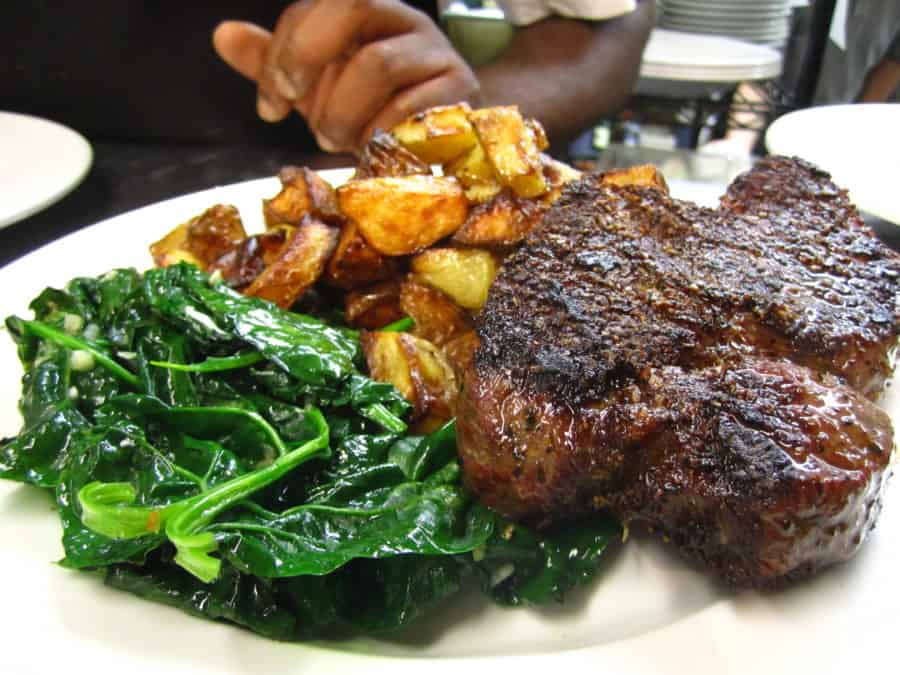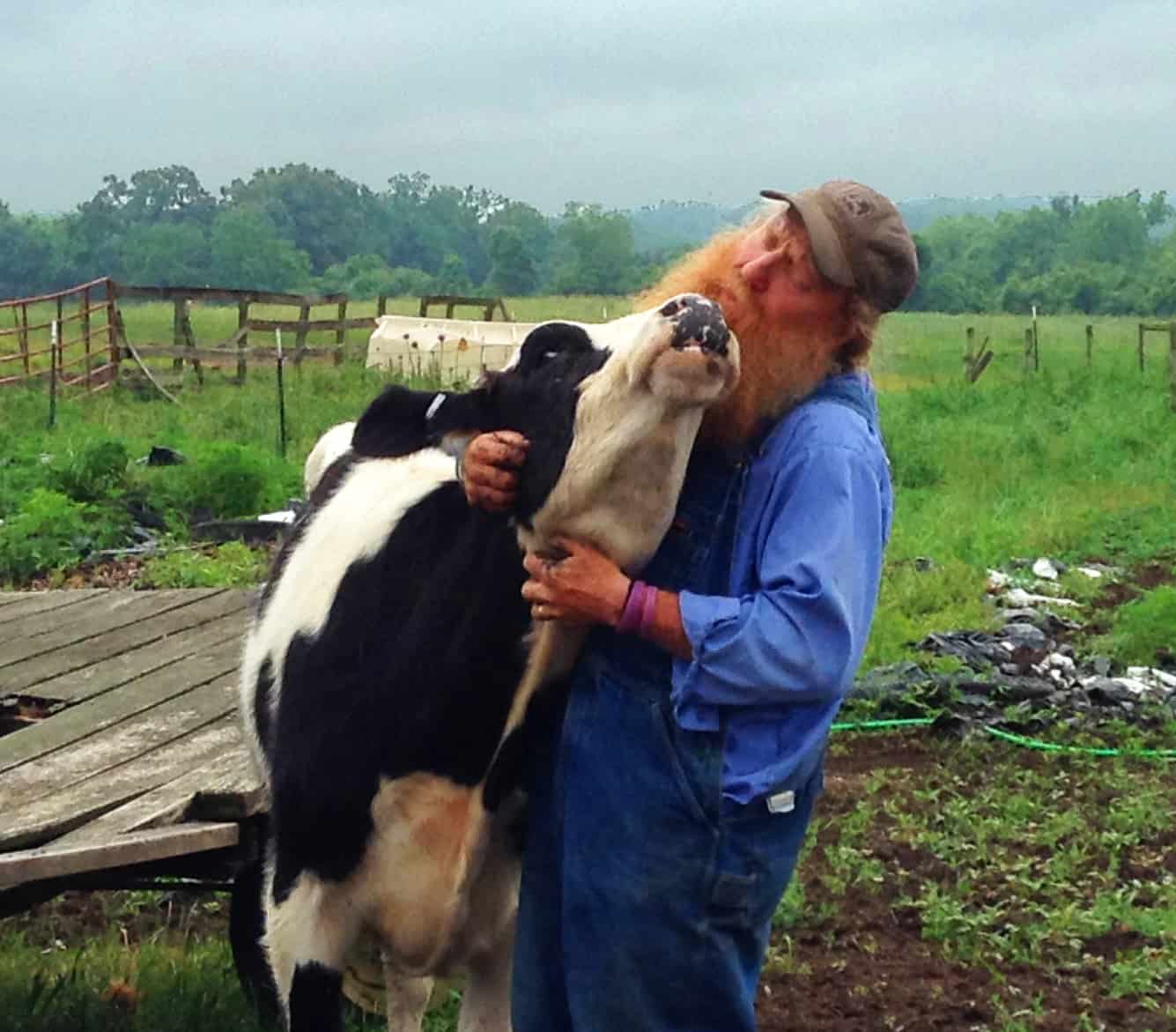The Meat We Eat and the Environmental Effects of Meat Production

“I aimed at the public’s heart, and by accident I hit it in the stomach.” Upton Sinclair
Meat is considered one of the prime factors contributing to the current sixth mass extinction. Research shows that our meat consumption habits take a serious toll on the environment and our health. We don’t have to Google much to learn about the staggering numbers of disappearing species on Earth in our time. The environmental impact of meat production varies because of the many agricultural practices around the world, and of course, all agricultural practices impact our environment in some ways.
Facts are easy to gloss over until we begin to feel their effects.
Wherever our conscience and beliefs lie in today’s consciousness spectrum, climate change and its effects are daily news. With each turn of a camera lens or digital focus, we learn about the relentless march of change throughout our lives and the Earth that is our home. Here in North Carolina, we’ve had 90-some days of 90+ degree weather, and, it seems, either monsoon rains or drought conditions. (More than half of North Carolina’s 100 counties are considered to be in drought conditions.) The recent rains seemed like a gift we’d all been waiting for.
Along with the weather, the practice of meat industries and the environmental impact of food industries overall headline news today as they did at the turn of the century when Congress passed, and President Theodore Roosevelt managed to sign into law the Pure Food and Drug Act and the Meat Inspection Act of 1906. President Theodore Roosevelt knew how to engage the public in service of reform he believed in, and he capitalized on a popular book by Upton Sinclair (The Jungle) which exposed conditions in meat-packing plants that rose to the level of appalling the collective public conscience. (The fact that Sinclair’s aim was to highlight in particular the working conditions of the laborers, primarily immigrants, rather than the meat was perhaps overwhelmed by other pursuits.)
We buy by brand, guided by family and cultural tradition, belief, perception, and habit, and we depend upon farms and ranches that raise the meat we carnivorous Americans consume with such passion and pleasure. Unlike our local resources, our national industries have operated on the model of production, processing, and distribution for quantity rather than quality first, which requires using tons of chemicals in the form of pesticides, fertilizers, fuel, feed, and water, much of which pollutes our air and water. While The Jungle did improve conditions for workers in the food processing industry, conditions for the animals has only gotten worse over time.
Our collective consciousness about food is changing—as we can see in many food outlets and all marketing. The Economist proclaimed 2019 as the year of the vegan, and Forbes published an article that said this year will be the year more people choose a plant-based lifestyle. At SGS, we choose to expand food options for as many as we can (see our post on how we accommodate a spectrum of food needs), and this includes highlighting the sources of our meat and why we support those choices and businesses.
According to the EWG (Environmental Working Group), red meat such as beef and lamb is responsible for 10 to 40 times as many greenhouse gas emissions as common vegetables and grains; cattle-ranching has led to deforestation in the Amazon; water pollution from factory farms (“CAFOs”, concentrated animal feeding operations) produces city-sized sewage waste; international transportation of meat from farm to processing plant and back to distributor often is a journey of hundreds of thousands of miles, which pumps hundreds of millions of carbon into the atmosphere each year; and use of antibiotics to keep crowded livestock “healthy” has led to the development of antibiotic-resistant bacterial strains that threaten life beyond the livestock, as many families have learned. In North Carolina, for decades residents in certain counties have endured the stink, nuisance, and effects of handling the waste and management of millions of hogs in the wake of devastating storms, including in counties where the hogs outnumber people. As larger corporations take over the management of these “farms” by contract, both foreign and domestic, the owners are more and more distant from both the farmers and the hands-on work of handling and caring for the hogs and more and more tied to the profit and output rather than the vital resources that create the marketable products.
The round-the-world journey most meat takes has a tremendous environmental impact. A 2006 study by the UN Food and Agricultural Organization found that nearly half of all carbon emissions contributing to climate change comes from the food industry. Some of this is unavoidable (carbon released into the atmosphere from just breathing), but a huge portion of this comes from transportation. Every year, a person who eats meat has contributed to 3.3 tons of carbon dioxide spewed into the atmosphere. (Source) When you purchase meat that is locally sourced, from places like the Saxapahaw General Store or Left Bank Butchery, that meat has gone from farm to store often in under 10 miles, and usually no more than 100 miles. You don’t have to stop eating meat altogether to help reduce carbon emissions, you just need to consume meat that has been raised locally.

In addition to the huge carbon reduction in eating locally, it has to be considered that the stress on the animals in factory farm conditions creates a lower quality meat by stripping out the glycogen reserves in the muscle, which results in meat that is drier, miscolored and loses much of its natural flavor. (Source) If all you’ve eaten is mass-produced factory-produced meat, you’re not only missing out on the real, unique flavors that each meat provides, you’re eating a product that may be higher in calories, but much lower in nutritional value.
Food waste statistics shine neon-bright in any study of our food ways and means. One practice we use to avoid food waste here in SGS is to collect all food scraps throughout the day in buckets that are then taken to pigs on nearby farms. When you’re in the store, you may notice our signs above the bus bins saying, please don’t scrape your plates!
Saxapahaw is full of animals and animal lovers: chickens, dogs, horses, pigs, cats, and more. We’ve even had a pet duck visit our patio! Here in our village, we are also fortunate to have a local whole-animal butcher whose knowledge and passion is for humane husbandry and loving the land and community for all they are. Ross Flynn, owner and manager of Left Bank Butchery, apprenticed at local Cane Creek Farm before opening the Butchery. Ross works closely with nearby Braeburn Farm as well, whose 500 acres in Snow Camp also provide an environment of care for breeding, feeding, and supporting animals’ instincts for the healthiest life. Braeburn Farm is one of many local farms that supply meat, eggs and produce to the Saxapahaw General Store—food products that are ethically and sustainably raised, without the tremendously negative environmental impact that comes with gigantic corporate farms.
While regulation can be vital in our continuing survival as human beings, so is our always foraging for new knowledge and applying knowledge as we learn what best serves us. Farmers are here to show us the way, particularly those whose passions are to remain as pure as possible in their tending of the land they love. The land cares for us as we care for it, I have heard farmers and others say. The same can apply to our bodies, to our families, to our lives.
If, as some soil scientists say, political stability, environmental quality, hunger, and poverty all have the same root, then in the long run restoring the soil is revitalizing the most basic of our human resources. How we grow is largely dependent upon the nature of the soil which nurtures us, which includes community roots and action.
As we snip and cut herbs from the Mill garden, we don’t pull the plants up by their roots. We cut what we want and need. Ours is the care and tending of life, including our lives. As we look more closely at our habits and beliefs about our food, including the raising and eating of meat, we begin to appreciate what it means to love the whole cycle of life and aim to follow its principles first, rather than focus on output and economic return above all else.
Soil matters, because we are chemical beings and our Earth is made of chemicals. Scoop a handful from your yard, or a neighbor’s, and look closely. Study the roots of radishes in their beautiful harvest. If you don’t know where your meat comes from and how the animals are raised, ask. The answers serve us all. Take advantage of the Farm Tours. Learn about where your food comes from and how it is grown. Visit your local butcher and learn about whole-animal butchery. We are what we eat, and we shop our values by our choices. Like our friend and tireless champion of quality transparent-local-supply-chain creation Eric Henry says of his TS Designs t-shirts: know the maker. (Their Cotton of the Carolinas shirts have tracking codes linked to maps which show contact information for every supplier involved in the product’s creation.) Our local farmers are passionate about integrity in its many forms, and are happy to answer questions. Know your farmers and thank them as often as you can. Let’s appreciate the care of all who feed us as we care about what we eat and the effects of our choices.
